In April 2024, Iran launched a total of 170 UAVs (mainly Shahed‑136) in the first wave of attacks against Israel, followed by cruise missile and ballistic missile attacks.
On June 13, after Israel launched a large-scale airstrike with about 200 fighter jets targeting Iran's nuclear facilities, Tehran immediately responded with more than 100 UAVs, including Shahed-136, Arash-2 and an extended variant of Shahed-101.
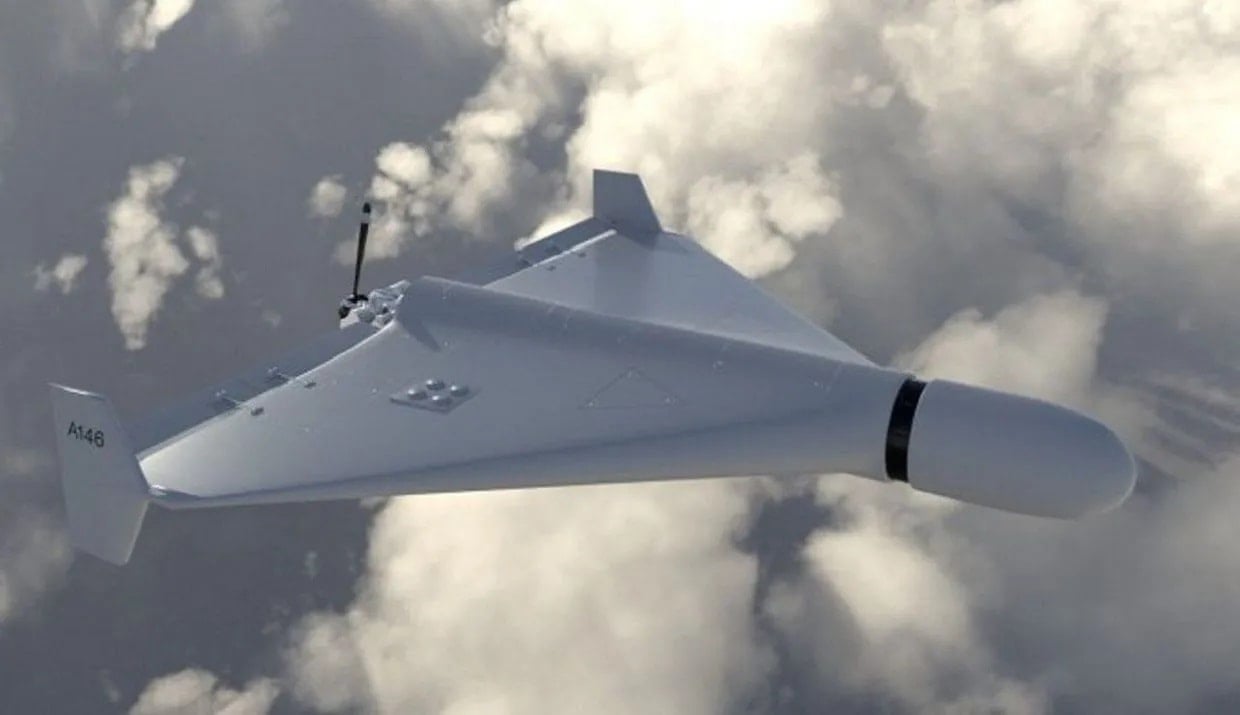 |
Shahed UAV made in Iran. Photo: Telegram |
Most of these UAVs were intercepted by Israel, but analysts say the effectiveness of the counterattack lies not only in direct damage, but also in the overall strategy of coordinated missile attacks that follow. The Center for Strategic and International Studies (CSIS) believes that the UAV waves are not only intended to cause damage, but also to overload air defense systems, confuse radars, and make it difficult for command centers to decide on priority interception.
Military experts say the strength of the “UAV swarm” lies not in modern technology, but in quantity and low cost. While a long-range missile can cost more than $1 million, the cost of producing a Shahed is only about $20,000 to $50,000.
Although Israel possesses a multi-layered defense system that is considered the most effective and combat-tested in the world , including the Iron Dome, David's Sling, and Arrow, dealing with large numbers of low-flying, low-cost UAVs coming from multiple directions remains a significant challenge. The combination of UAVs with more sophisticated ballistic and cruise missiles not only tests the combat readiness of the defense system, but also forces the enemy to expend expensive resources to intercept threats that are cheaper to produce, thereby eroding the defense capability.
As a result, some UAVs penetrated the defense system and caused damage to Israeli military facilities. According to some Russian sources, during the attack in April 2024, the Shahed-136 UAVs jammed the radar system, creating conditions for cruise missiles and ballistic missiles to attack.
To understand the pressure that air defense systems face when confronting a swarm of UAVs, it is necessary to understand how they work. At the core of most current swarm UAV models is the “boids” algorithm, a concept introduced by computer graphics researcher Craig Reynolds in 1987. In this model, each “boid”, short for “bird-oid object”, acts as an independent agent, navigating its environment, following simulated physical laws and pre-programmed behaviors. Boids operate according to three basic rules: Move close together (flocking), avoid collisions, and fly at the same speed. When simulating about 1,000 individuals on a computer, they form an image similar to a real flock of birds, the principle that forms the “swarm” tactic in modern warfare.
When UAVs are launched in swarms, pilots, radar operators, and air defense operators are dealing with a “cloud” of identical signals. This creates radar interference, slowing down assessment and decision-making, especially when everything is happening in real time.
Dr. Yehoshua Kalinsky, a military weapons expert at the Institute for National Security Studies (INSS), said that in addition to the quantity factor, the fact that UAVs are small in size, fly low, and are made of non-metallic materials makes them difficult to detect by radar. For example, the Shahed-136 UAV is mainly made of foam and plywood, is 3.5m long, has a wingspan of 2.5m, and carries a warhead weighing 40-50kg. The UAV's central navigator is only the size of a pill, combined with a GPS system that guides according to pre-loaded coordinates.
 |
| Israel's Iron Dome system fired at Iranian UAV and missile targets in April 2024. Photo: CNN |
That's why, even in the absence of coordination, these UAVs are extremely dangerous thanks to their satellite positioning and pre-programmed movements.
Dr. Yehoshua Kalinsky also pointed out that the Iron Dome air defense system, which is effective in intercepting missiles, is limited to targets flying below 4km. Meanwhile, the slow flight speed of UAVs also makes it difficult for fighter jets to intercept. Helicopters are also not the optimal solution. In fact, an Apache was deployed by the Israeli Air Force to destroy a UAV flying towards Prime Minister Benjamin Netanyahu's residence last October but missed its target.
Observers say Iran may continue to use a combination of UAVs and missiles to prolong the attrition game. In January, Iran reportedly received a delivery of 1,000 domestically produced UAVs with a range of over 2,000km. With low production costs, this strategy could change the balance of costs of war, forcing the enemy to use expensive ammunition to deal with the cheap, mass-produced threat.
TRAN HOAI (synthesis)
* Please visit the International section to see related news and articles.
Source: https://baodaknong.vn/cang-thang-israel-iran-bay-uav-va-chien-thuat-bao-mon-he-thong-phong-khong-256308.html



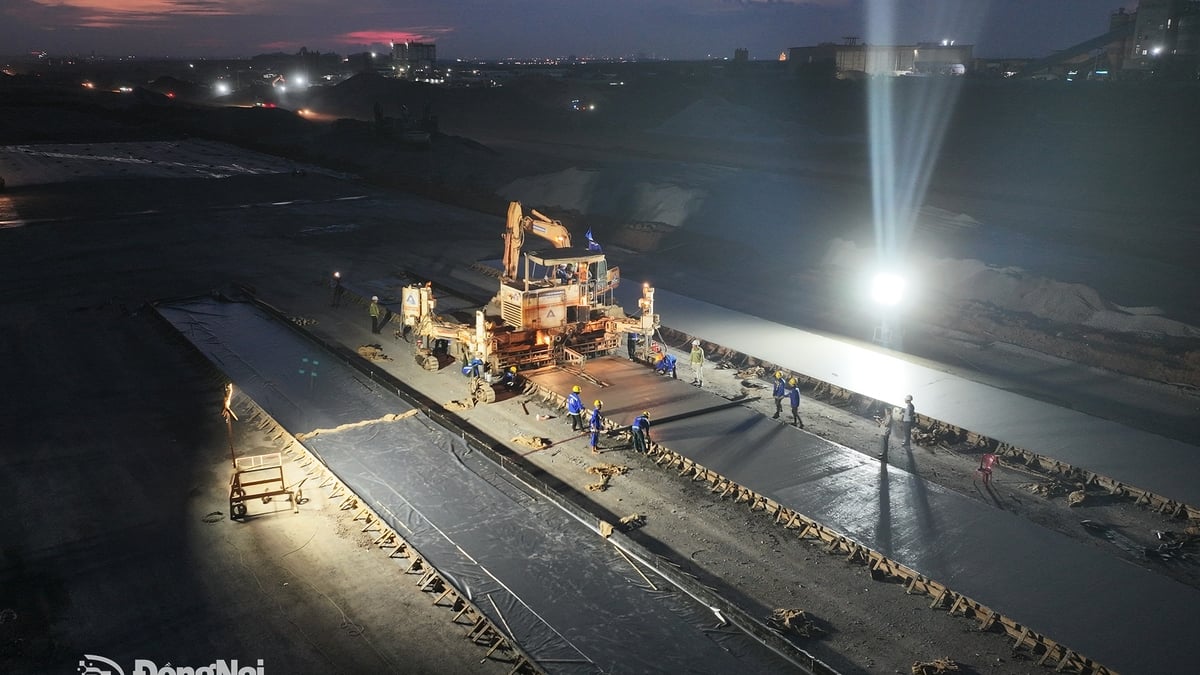








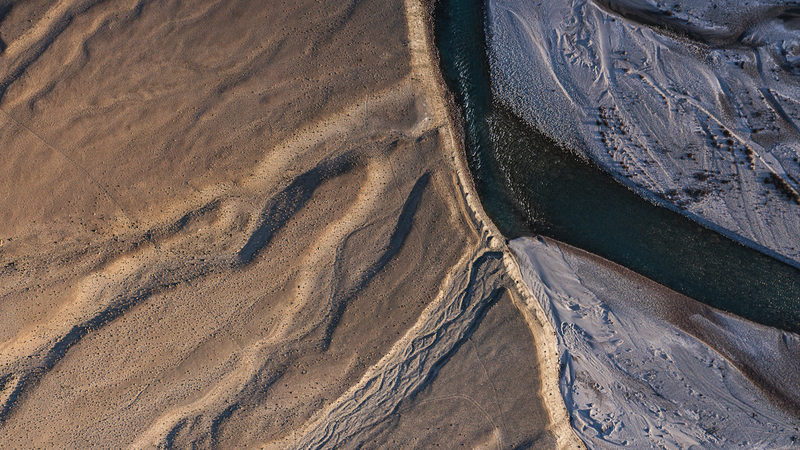















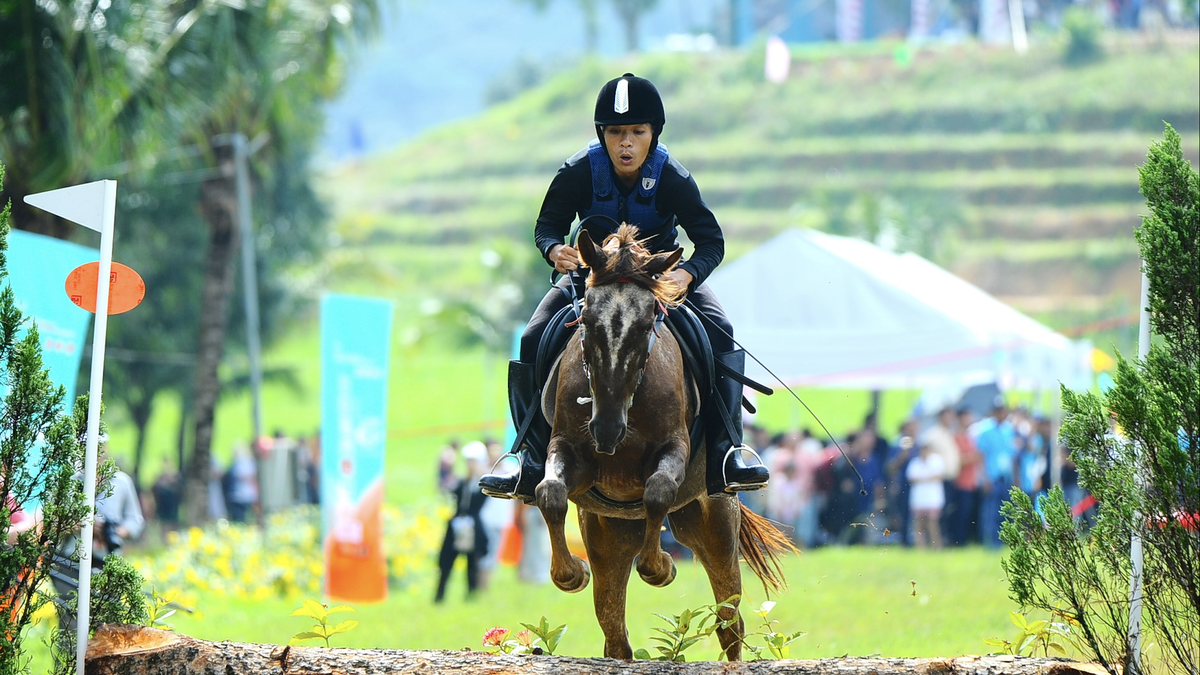

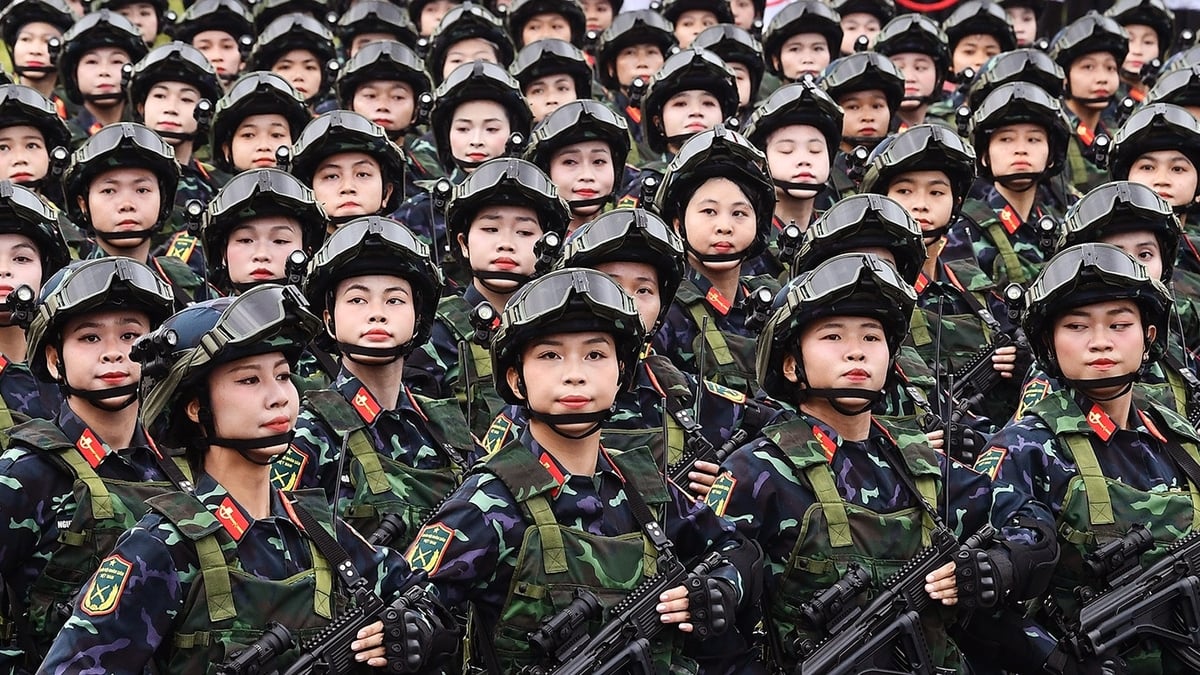

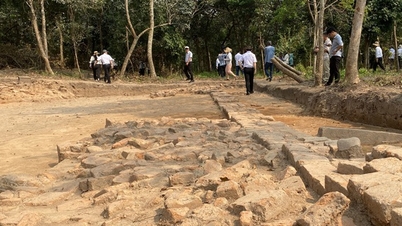



































![[Photo] Party and State leaders visit President Ho Chi Minh's Mausoleum and offer incense to commemorate Heroes and Martyrs](https://vphoto.vietnam.vn/thumb/402x226/vietnam/resource/IMAGE/2025/8/17/ca4f4b61522f4945b3715b12ee1ac46c)






























Comment (0)